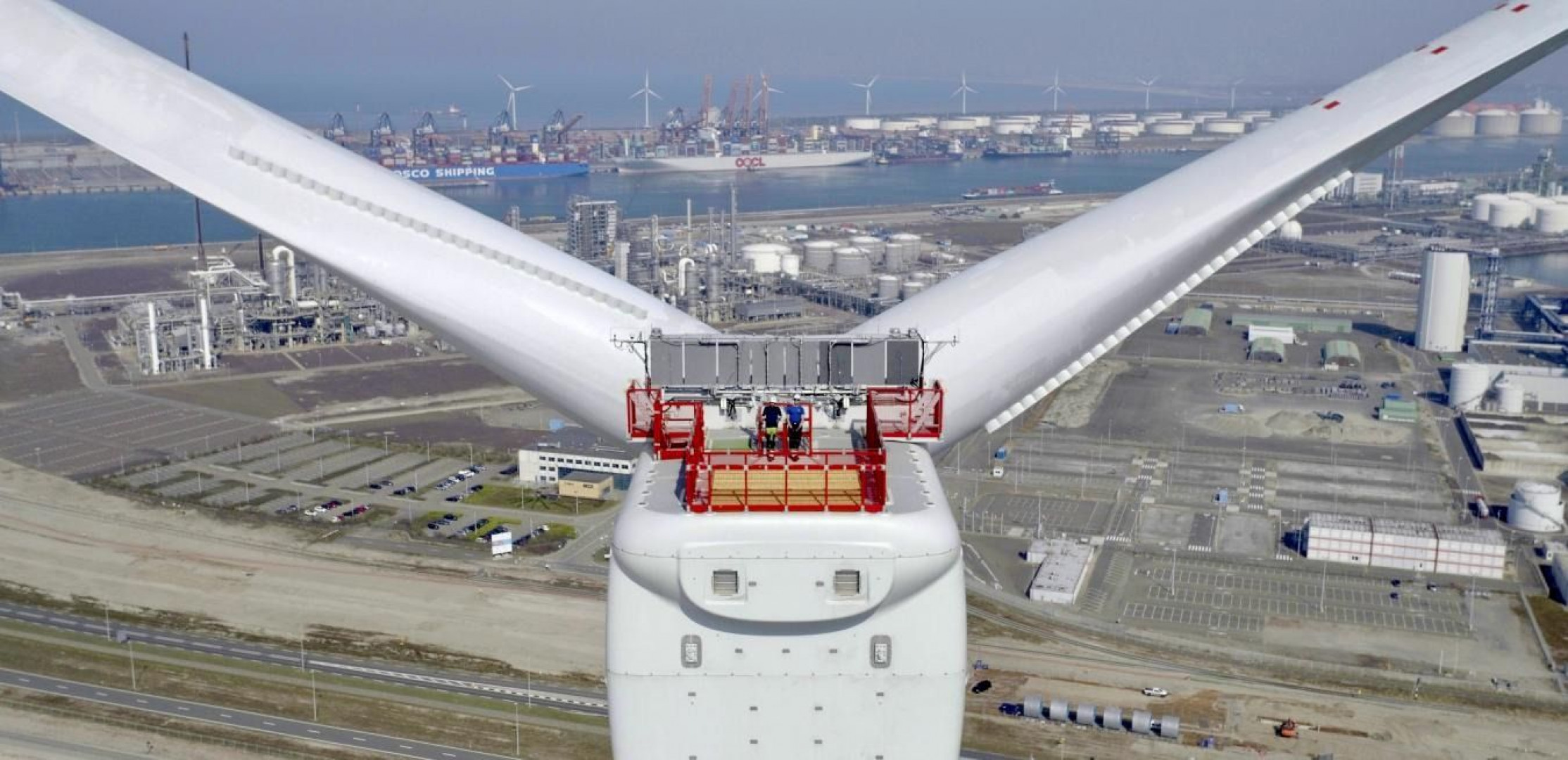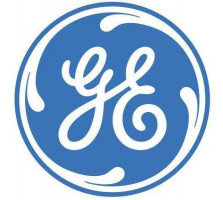-
Philippines
Copyright © 2025 Powered by BCI Media Group Pty Ltd
Confirm Submission
Are you sure want to adding all Products to your Library?
Contact Detail
02 Nov 2020 by GE

Reporting its third-quarter results today, GE Chairman and CEO Larry Culp told investors that despite the still-difficult environment, he was encouraged by the company’s progress. “I am proud of the GE team’s work in the third quarter to build momentum while continuing to protect the safety of our employees, serve our customers and communities, and preserve GE’s strengths,” he said. “Our topline remains pressured, but our actions are driving improved profitability and cash performance.”
Many of the actions come down to the rigorous application of lean management principles across its businesses. “Lean continues to be the strongest common denominator, and this is what builds the foundation for sustainable growth,” he said. “We’re also continuing our efforts to run GE differently, moving ‘the center of gravity’ closer to where the action is. We talk about GE as four industrial segments, but we drive operational improvement at much deeper levels within the organization.”
That improvement is starting to show results. GE’s Aviation, Healthcare, Renewable Energy and Power units reported positive industrial margins for the first time in two years. The latter three also saw their revenues grow in the quarter.
Industrial free cash flow stood at $500 million at the end of the quarter, largely driven by better working capital and earnings. Culp shared with investors that the company expects to deliver at least $2.5 billion in industrial free cash flow* in the fourth quarter, with positive contributions from all businesses. “So, clearly, our markets are, by and large, stabilizing,” Culp said. “But to underscore the obvious — stability is not yet recovery. We still acknowledge that the full duration, magnitude and pace of this pandemic across our end markets, operations and supply chains is uncertain.”
GE’s overall industrial margin dropped 310 basis points to 5.6%. Adjusted earnings per share of $0.06 were down year-over-year, but up sequentially. Total industrial revenues were down 12% organically, a drop caused mainly by the downturn in commercial air travel affecting GE Aviation.
That downturn also has affected GE’s orders, which were down 28% organically in the quarter. Culp explained GE Aviation accounted for 75% of the drop and parts of GE Healthcare contributed too. Still, the CEO pointed out that GE’s backlog remained “a real strength” at $384 billion. He said 80% of the backlog was in services “where we enjoy healthy margins. While services are hurting in the near-term, they have a multiyear time horizon and keep us close to our customers.”
Addressing the results by each business unit, he said despite setbacks, both GE Aviation and GE Capital Aviation Services (GECAS) saw sequential improvement and Aviation was “on track to deliver more than $1 billion of cost and $2 billion of cash actions this year.” GECAS, for example, is expanding its passenger-to-freighter conversion program to include Boeing 777 widebody jets. It also partnered with PIMCO to launch a $3 billion venture to provides airlines with financing to help upgrade their fleets.
He said GE Healthcare delivered strong margin and cash performance, with the business mix shifting from pandemic-related demand to patient imaging and diagnostics, which are approaching pre-pandemic levels.
Culp also reminded investors, while GE’s Power businesses and GE Renewable Energy were turnaround stories at the start of 2020, improved operational discipline and cost-out actions have begun delivering results. He said in the quarter, both units delivered solid organic margin expansion — GE Gas Power more than 700 basis points, GE Renewable Energy more than 200 basis points.
GE’s transformation is accelerating. “In September, we introduced a new purpose statement for the company: We rise to the challenge of building a world that works. This is more true than ever as we continue to deliver for our customers and tackle the world’s biggest challenges from precision health to the safe return to flight to the energy transition,” he said. He added that GE continued to build on its legacy of innovation in the quarter, pointing to technology like the high-efficiency 7HA gas turbine, which can also burn hydrogen; AI-enhanced ultrasound; and the GE9X jet engine that was designed to achieve 5% lower specific fuel consumption than any other engine in its class.
These engines and turbines also point to the company’s larger role in helping solve the global energy transition. In fact, GE announced in September plans to be carbon neutral by 2030 by making its operations more energy-efficient, using cleaner energy sources to power its facilities, and leveraging lean management practices to eliminate energy waste.
Finally, Culp reflected on his time as GE CEO, a job he took in 2018. “Taking a step back, as I reflect two years in, what gives me confidence in GE’s future are our fundamental strengths,” he said. “In what continues to be a difficult operating environment, our team continues to show humility, transparency and focus each day.”
Top image: GE Renewable Energy employees Tommy Mager and Daniel Farnie on top of the Haliade-X prototype in Rotterdam, Netherlands. The Haliade-X is the most powerful offshore wind turbine operation. Image credit: GE Renewable Energy.
Important information about GE's forward-looking statements.
*Non-GAAP Financial measures
In this document, we sometimes use information derived from consolidated financial data but not presented in our financial statements prepared in accordance with U.S. generally accepted accounting principles (GAAP). Certain of these data are considered “non-GAAP financial measures” under the U.S. Securities and Exchange Commission rules. These non-GAAP financial measures supplement our GAAP disclosures and should not be considered an alternative to the GAAP measure. The reasons we use these non-GAAP financial measures and the reconciliations to their most directly comparable GAAP financial measures are included in our quarterly report on Form 10-Q and the GE earnings supplemental information package posted to the investor relations section of our website at www.ge.com, as applicable



